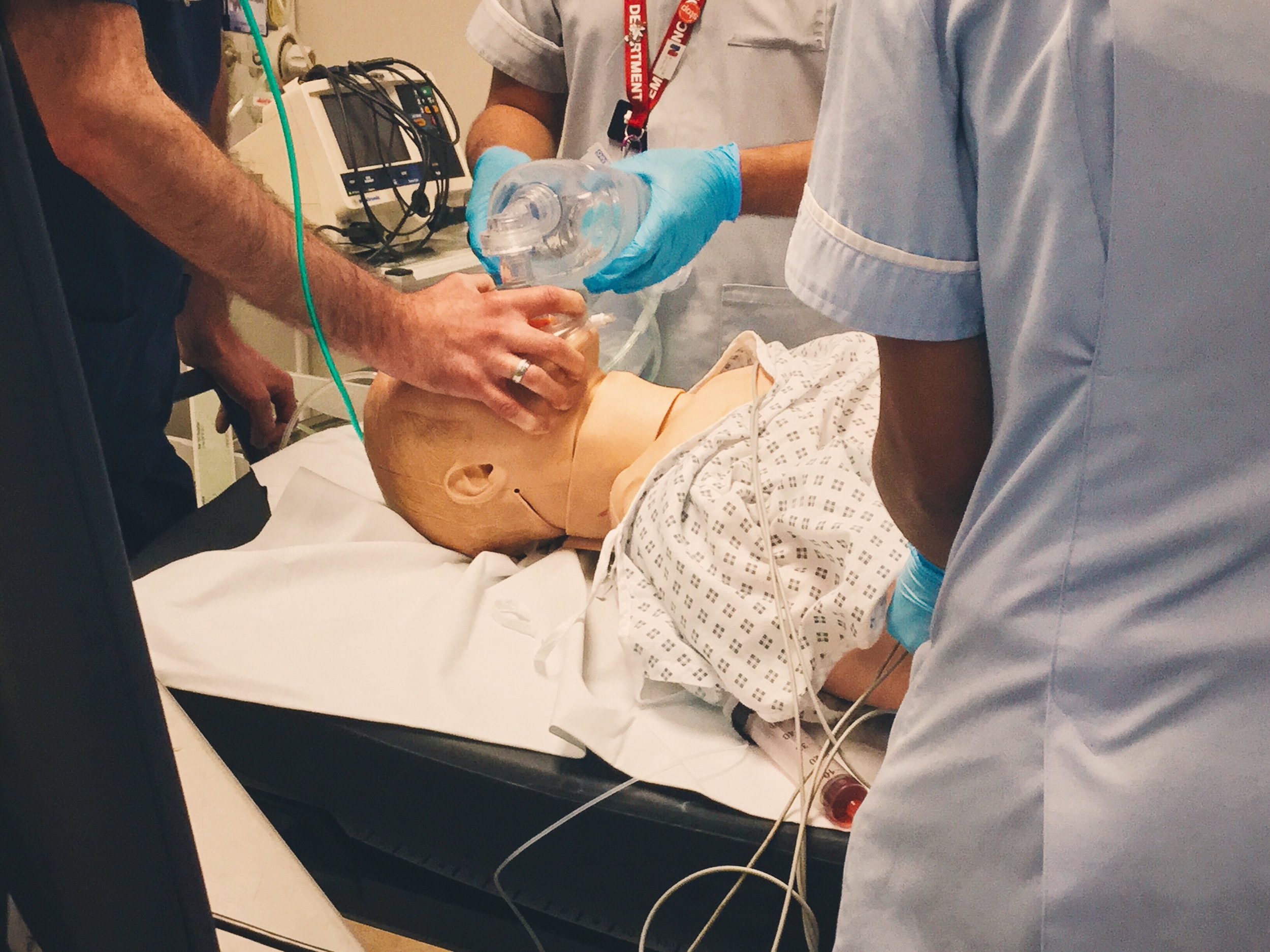#SimBlog: Co-codamol Overdose
““31 y/o female, found unresponsive by her housemates. Empty packets of tablets in the room. She smells of alcohol.””
Observations
A – Patent
B – RR 14, Sats 98%
C – HR 100, BP 110/95
D – GCS E4V4M5 Small pupils
E – Temp 36.9°C
Clinical findings
Smells strongly of alcohol
Uncooperative and agitated
Why we simulated?
Overdoses are a common presentation to the ED. We may not know exactly what has been taken or when. It is important to think carefully about the possible ingestion and recognize if there is an appropriate antidote.
The toxic effects of paracetamol mean that N-Acetyl-Cysteine (NAC) should be started within 8 hours. If the timing is uncertain this may be needed straight away.
Opiate cause respiratory depression and reduced level of consciousness, this may need reversal with naloxone and depending on the dose of opiate this may need repeating or an infusion starting.
In mixed overdoses the priorities of treatment will be to address the immediate threats to life, but it can be easy to forget to give NAC in these situations.
Further Reading:
- SMACC – Do you think it could be poison?
Learning outcomes
Verbalising your plan is a good habit, but make sure your team are present and able to hear you.
Keep an eye on the vital signs, if they change it is important to pick up on this.
Familiarise yourself with equipment in your environment and make sure you are familiar with using a Resus equipment.
Positive feedback
Recognised the patient was difficult to ventilate with a BVM and used team members to assist.
Identified the risks of the toxins involved and gave appropriate antidote.
Consideration was given to whether the patient had capacity.
Acted appropriately to escalate care and consider HDU/ACB for admission.









